#artist is jusepe de ribera
Explore tagged Tumblr posts
Text



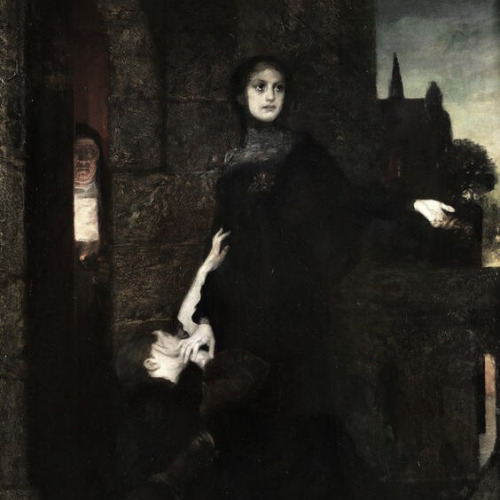
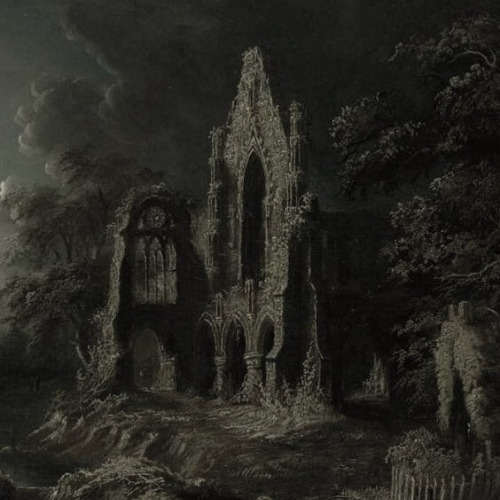




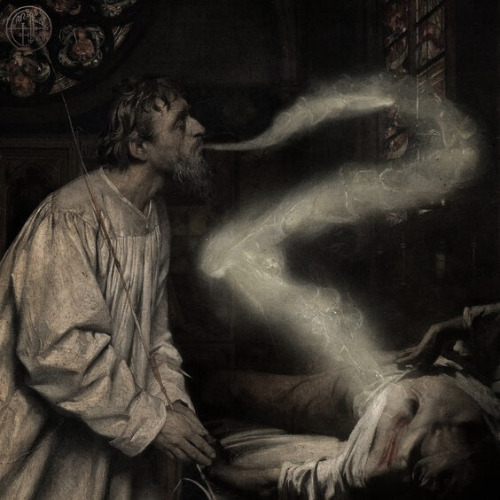
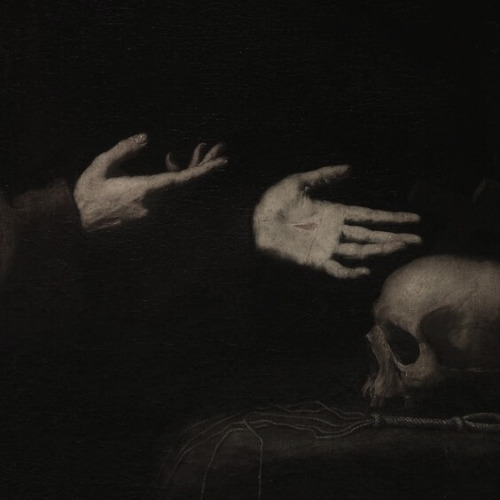
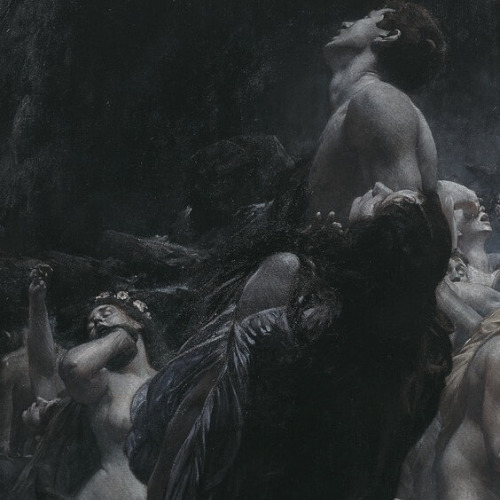
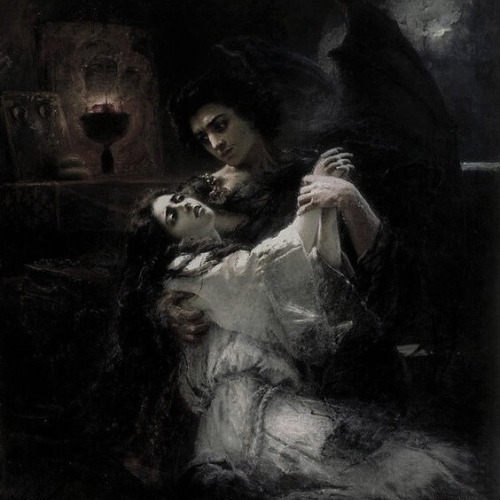


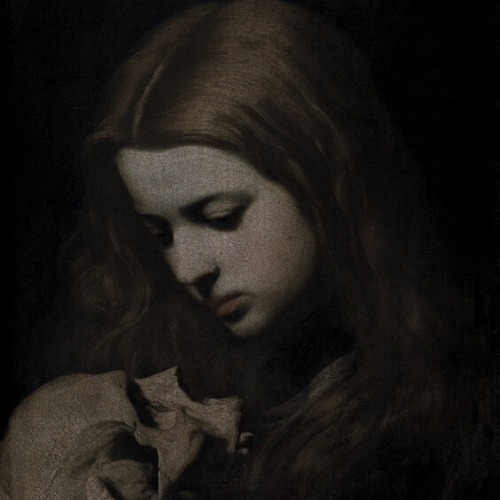
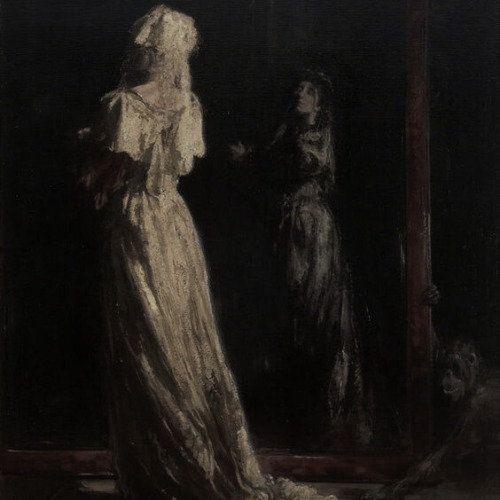
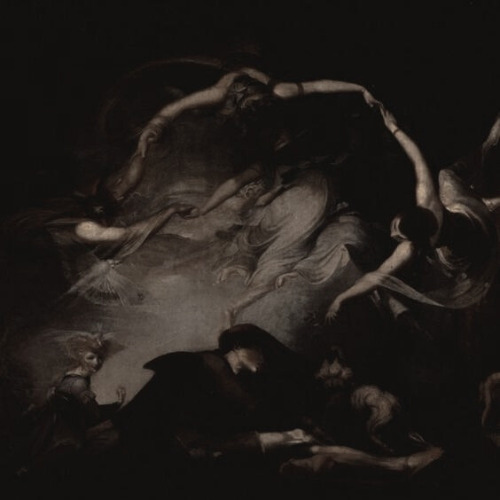
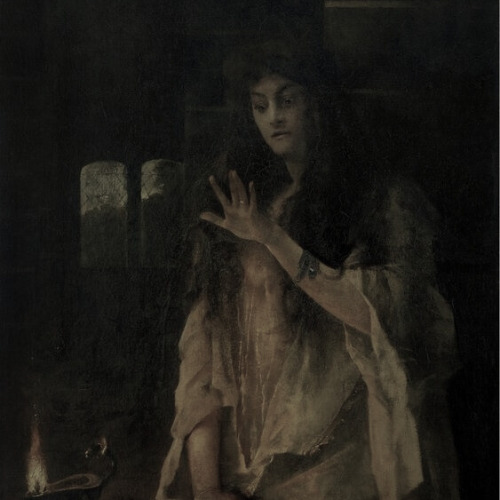
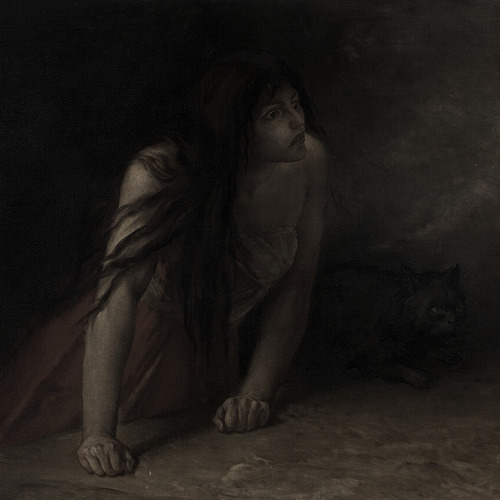


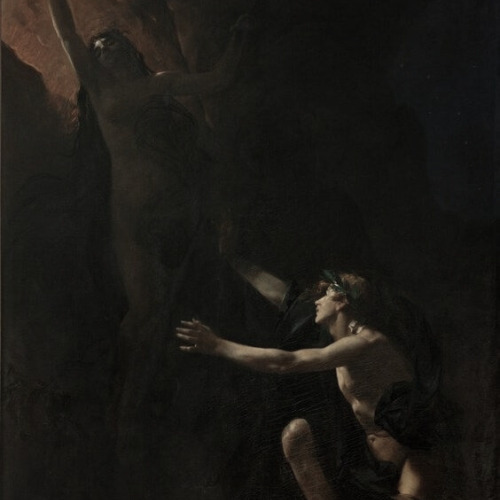
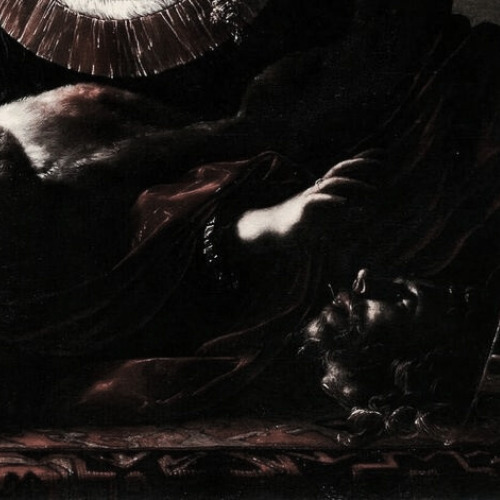

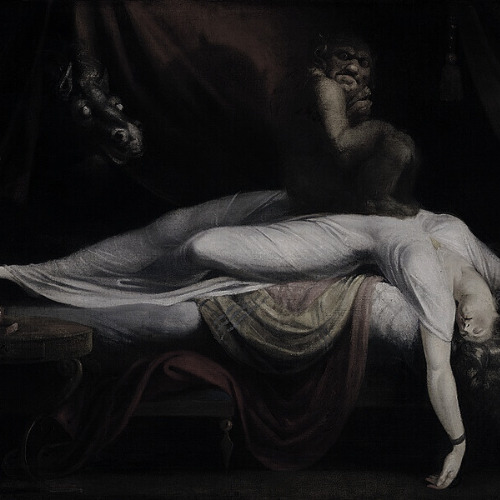
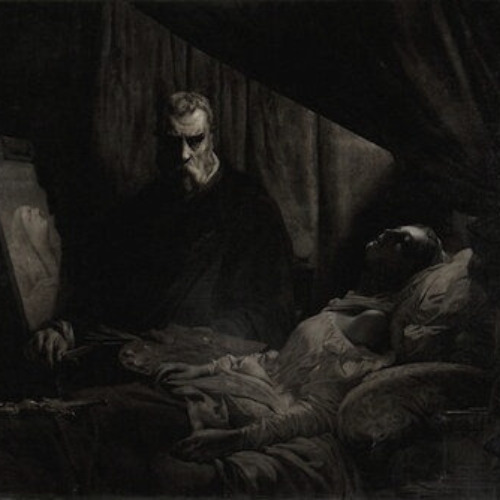
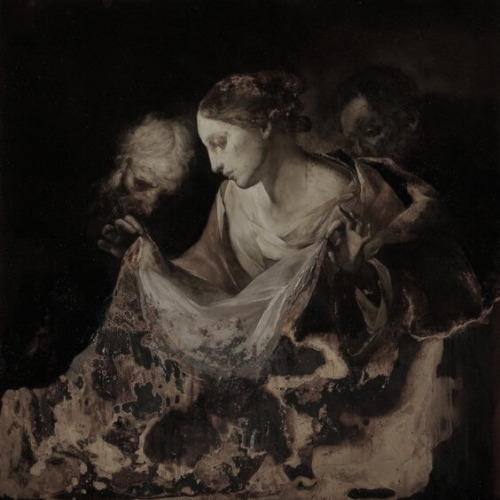

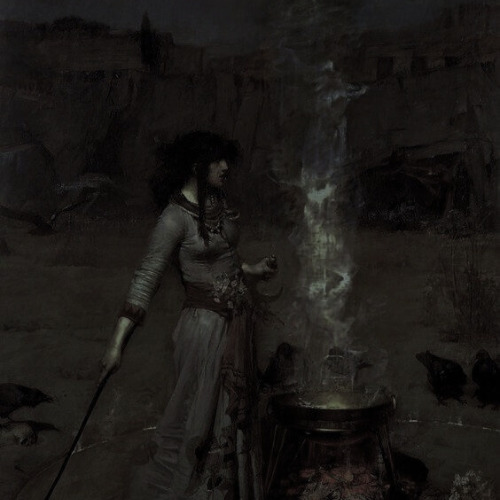
art aesthetics: gothic
#artist is carl gustav carus#artist is george roux#artist is carl gustav carus-#artist is ferdinand keller#artist is sebastian pether#artist is adolph von menzel#artist is daniel sayre groesbeck#artist is carlo dolci#artist is jose benlliure y gil#artist is pierre jean van der ouderaa#artist is jusepe de ribera#artist is adolf hiremy-hirschl#artist is jonstantin makovsky#artist is francesco cairo#artist is serafino macchiati#artist is jusepe de ribera-#artist is sir william nicholson#artist is henru fuseli#artist is alfred stevens#artist is jean-francois portaels#artist is cecco bravo#artist is piotr stachiewicz#artist is alexandre serres#artist is francesco del cairo-#artist is henri leopold levy#artist is henry fuseli-#artist is tintoretto#artist is nicola samori#artist is ferdinand knab#artist is john williams waterhouse
1K notes
·
View notes
Text

Jusepe de Ribera (1591-1652) "Cabeza de San Juan Bautista" ("Head of Saint John the Baptist") (1644) Oil on canvas Baroque Located in the Real Academia de Bellas Artes de San Fernando, Madrid, Spain
#paintings#art#artwork#religious painting#john the baptist#jusepe de ribera#oil on canvas#fine art#baroque#spanish artist#museum#art gallery#death#decapitation#decapitated#head on a silver platter#christianity#1640s#mid 1600s#mid 17th century#halloween#october
86 notes
·
View notes
Text

after ribera - graphite | 20 x 15
1 note
·
View note
Text


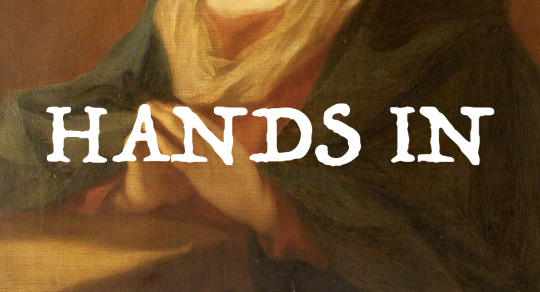
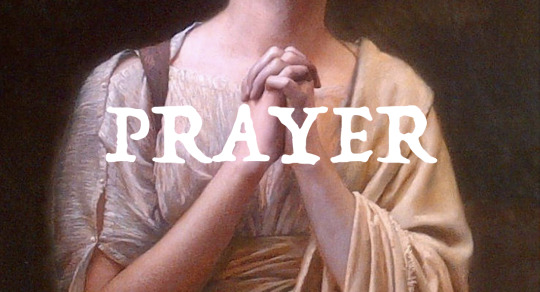


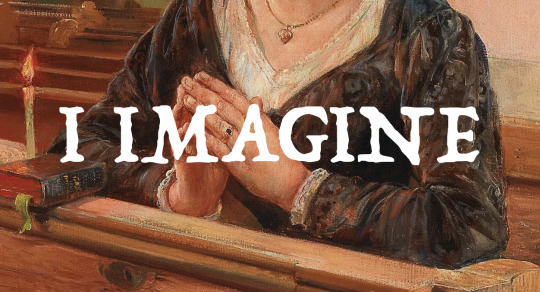

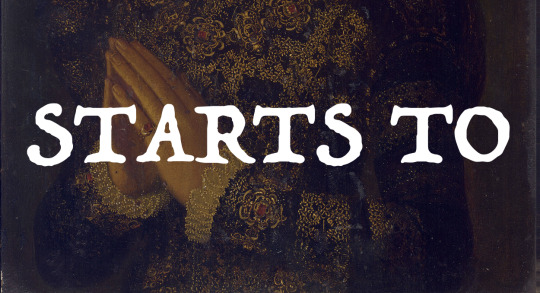
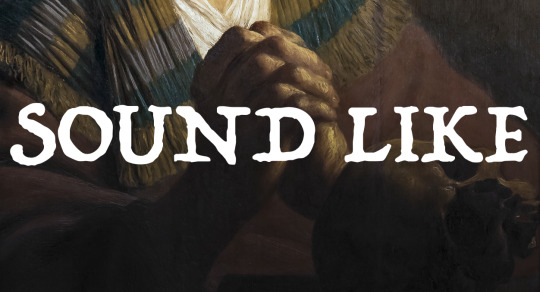
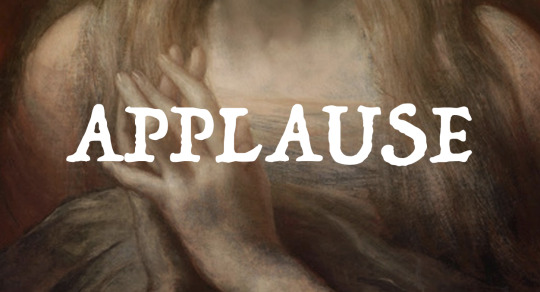
Saint Monica – Luis Tristán // Hope – Ludwik Stasiak //The Virgin Mary at Prayer – unknown artist // Christian in Prayer – Max Nonnenbruch // Maria Cristina of Savoy, Queen of the Two Sicilies – unknown artist // Mary of Egypt – Jusepe de Ribera // Devotions – Ernst Nowak // Old Woman Praying – Matthias Stom // Lady Praying – unknown artist // Magdalena in Mediation – Jan Lievens// Purgatory – Gabriel von Max // That Unwanted Animal – The Amazing Devil
#jusepe de ribera#jan lievens#gabriel von max#mary magdalene#virgin mary#prayer#praying#that unwanted animal#the horror and the wild#the horror and the wild the amazing devil#the horror and the wild album#the horror and the wild tad#the amazing devil#tad#joey batey#madeline hyland#art#art history#lyrics#lyric art
1K notes
·
View notes
Text

MARTYRDOM OF SAINT PHILIP | c. 1639 | by JUSEPE DE RIBERA
The painting is a powerful and dramatic depiction of the apostle's crucifixion. The work is considered one of RIBERA'S finest and most mature paintings
The canvas presents the martyrdom on an epic scale, with large, imposing figures. SAINT PHILIP is shown in the moment before his crucifixion, as two executioners strain to raise the horizontal beam of the cross while a third holds his leg.
PHILIP'S long limbs are extended and his face turned upwards in anguish, though he is not shown as the elderly man described in hagiographies. RIBERA contrasts PHILIP'S resigned acceptance of his fate with the vigorous physical efforts of his tormentors. The artist's use of CHIAROSCURO dramatically highlights the saint's muscular, sun-tanned body and emphasizes the physical suffering he is about to endure
In the background, a crowd of onlookers gathers, some pitying PHILIP'S fate while others appear indifferent. A woman holding a child provides a tender counterpoint to the cruelty of the scene. RIBERA'S masterful handling of paint is evident in the thick impastos on PHILIP'S flesh and the vibrant transparencies of the background figures
The low viewpoint reveals a vast, beautiful blue sky, suggesting the divine realm that PHILIP is about to enter. However, unlike earlier depictions, there is no heavenly intervention or chorus of angels - for RIBERA, martyrdom is an essentially earthly spectacle
#martyrdom of saint philip#saint philip#martyr#martyrdom#jusepe de ribera#chiaroscuro#romanticism#art#baroque artwork#baroqueart#baroque#baroque movement
19 notes
·
View notes
Text

Title: The Martyrdom of St. Philip
Artist: Jusepe de Ribera
Date: 1639
Style: Tenebrism
Genre: Religious Painting
#art history#art#painting#artwork#history#museums#culture#vintage#curators#classicalcanvas#tenebrism#jusepe de ribera
30 notes
·
View notes
Text

Jusepe de Ribera, Magdalena Ventura with Her Husband and Son, 1631, Museo Fondación Duque de Lerma, Toledo, Spain.
The Guardian: The Bearded Woman of Abruzzi: a 17th-century hero of gender fluidity
[...] Ribera’s painting Magdalena Ventura, also known as La mujer barbuda – The Bearded Woman – shows its subject breastfeeding her baby. This is Ribera’s none too subtle way of showing us that Ventura is anatomically a woman, for there is no sign of that in her face. Her huge, black beard makes her look like an Old Testament patriarch. Her facial features too are heavy and powerful, in other words they conform to common assumptions of what looks “masculine.” Her body is big and muscular, her hands strong and hairy. Her clothes are finely coloured but gender-neutral – again, they evoke a Biblical prophet. Ventura’s husband, standing behind her right shoulder, looks less of a man than she does. His beard is smaller, his physique slighter. Ribera captures the fact that he is overshadowed by his wife’s fame, for Magdalena’s defiance of 17th century images of womanhood made her a celebrity in Italy. She came from Abruzzi where, according to the inscription on a stone slab in Ribera’s painting, she gave birth to three sons before her beard suddenly grew when she was 37 years old. In the painting she is 52. Ribera painted her in Naples, where he worked as a court artist. The city was under Spanish rule and Ribera, born in 1591 in Valencia, mixed a Spanish sense of gravity with the courageous realism Caravaggio had introduced to Naples a quarter of a century earlier. The Viceroy of Naples, fascinated by the fame of “The Bearded Woman of Abruzzi”, commissioned Ribera to paint this mysterious masterpiece. The inscription calls Magdalena Ventura a “great wonder of nature”. That says a lot about how she was seen. Ventura crossed boundaries and broke down categories. Today, we might see this as a conscious and radical defiance of oppressive norms. In the 17th century it made her a curiosity, perhaps even a monster. There was no concept of social progress, let alone of gender revolution. The order of nature was God-given and unchanging. There was no idea of evolution either in the forms of animals or the customs of human beings. Yet there were manifest exceptions to the order of things: hybrid beasts, cross-bred plants, prodigious births, and bearded women. Ribera portrays Ventura with a calm and sombre naturalism. He also gives her great dignity. She is a unique being in his eyes: someone who is neither one thing nor another, and yet whose humanity outshines what looked to contemporaries like freakishness. This painting embodies what makes Ribera such a moving and memorable artist: his tender, compassionate eye for the real world. He is one of the stars of the National Gallery’s exhibition Beyond Caravaggio, which is well worth seeing this Christmas or when it tours to Dublin and Edinburgh in 2017. Yet even by his standards or those of Caravaggio, this is a radical work of realism. It puts truth before all conventions of beauty. Art in Ribera’s day saw women as goddesses and saints, martyrs and nudes. Here a woman with a man’s beard and a man’s face stands breastfeeding her baby. Ribera sees beyond the conventions of art and the assumptions of his time – if someone does not fit our expectations, their uniqueness has to be recognised for what it is. Ventura is a fact. She is real. Here she stands. In her absolute originality, Ribera sees not just some freak of nature but the wonder and enigma of individuality itself. Magdalena Ventura broke every law of her world – and Ribera immortalised her for doing so.
(Jonathan Jones)
#art#Jusepe de Ribera#Magdalena Ventura with Her Husband and Son#The Bearded Woman#La Mujer Barbuda#Magdalena Ventura con Su Marido#Magdalena Ventura#Spanish art#Italian history#Abruzzi#17th century#1600s#1631#Toledo#Spain#Museo Fondación Duque de Lerma#hypertricosis#women in history#articles#The Guardian#Jonathan Jones
6 notes
·
View notes
Video
Karsten, Ludvig (1876-1926) - 1924 Pork (Private Collection) by Milton Sonn Via Flickr: Oil on canvas. Ludvig Karsten was a Norwegian painter. He was a neo-impressionist influenced by Edvard Munch, Henri Matisse and the contemporary French painting. He first participated at the Autumn exhibition in Kristiania in 1901, and had his first separate exhibition in 1904. He is represented at museums in many Scandinavian cities, and with several paintings at the National Gallery of Norway. Karsten was known for his bohemian lifestyle and pending temper. Karsten grew up in a wealthy home in Christiania. He started taking drawing lessons 13 years old. In 1893 he made a study tour to Telemark, where he made landscape sketches and portraits, and also joined painter Halfdan Egedius. After graduating from secondary school in 1895, he travelled to Rome, and later to Firenze and Munich. In 1896 he travelled in Spain, and settled for a while in Madrid. He left Spain in 1898, and was enrolled in the military services at Gardermoen for some months. He then travelled to Munich, where he painted En mann og en kvinne, also called Adam and Eve, which has later been located at the Stenersen Museum. He visited Paris in autumn 1900, where he trained on models. In 1901 he was in Åsgårdstrand, where he painted Two Men and Three Boys, which were both shown at his first appearance at the Autumn exhibition in Kristiania in 1901. Karsten returned to Paris, where he spent several years. He was known for his boozing and temperament. After a fight with the poet Nils Collett Vogt he was temporarily expelled from the circle of Norwegian artists residing in Paris. He visited the museum Louvre, where he paraphrased Ribera's painting of the burial of Christ. The painting was bought by Frits Thaulow, and came to be Karsten's the first important sale. It was resold to the National Gallery in Oslo in 1909, after Thaulow's death. Karsten's first separate exhibition, at Blomqvist in Kristiania in September and October 1904, received mixed critic in the newspapers. In 1905 he visited Edvard Munch at Åsgårdstrand, where Munch made a large portrait of him. After a night of heavy drinking, possibly on Midsummer Eve, it came to quarrel which led to a violent fight between Munch and Karsten. Munch later made an etching of his version of the incident. From 1910 Karsten lived mostly in Copenhagen, where he married in 1913. He bought a house in Skagen in 1920. Karsten is represented at the National Gallery of Norway with several paintings, including Kristi gravleggelse from 1904, Vårkveld i Ula from 1905, Tæring from 1907, Det blå kjøkken (English: The blue Kitchen) from 1913, Det røde kjøkken (English: The red Kitchen) from 1913, and Flukten fra Egypt from 1922. He is represented at the Bergen Museum (with Søsken, and Batseba), at Nationalmuseum in Stockholm (with the painting Den lyse og mørke akt), at Statens Museum for Kunst in Copenhagen (with Golgata from 1923), and at the Stenersen Museum in Oslo (with the paintings Adam og Eva and Gobelin). Karsten was also well known for his paraphrases of works by elder painters, including 16th century artist Jacopo Bassano and 17th century artists Jusepe de Ribera and Rembrandt. His last painting was a portrait of his daughter Alise, when she visited him in Paris in 1926. He died in Paris in 1926, after having fallen down a steep staircase.
3 notes
·
View notes
Text

Maria Magdalena in Meditation, 1623
Artist: Jusepe de Ribera (Spanish, 1591-1652)
2 notes
·
View notes
Text

Le Petit Palais présente la première rétrospective française jamais consacrée à Jusepe de Ribera (1591-1652), peintre d'origine espagnole qui fit toute sa carrière en Italie, qualifié comme l'héritier terrible du Caravage.

Pour Ribera, toute peinture – qu’il s’agisse d’un mendiant, d’un philosophe ou d’une Pietà – procède de la réalité, qu’il transpose dans son propre langage.

La gestuelle est théâtrale, les coloris noirs ou flamboyants, le réalisme cru et le clair-obscur dramatique. Avec une même acuité, il traduit la dignité du quotidien aussi bien que des scènes de torture bouleversantes. Ce ténébrisme extrême lui valut au XIXe siècle une immense notoriété, de Baudelaire à Manet.

Avec plus d’une centaine de peintures, dessins et estampes venus du monde entier, l’exposition retrace pour la première fois l’ensemble de la carrière de Ribera : les intenses années romaines, redécouvertes depuis peu, et l’ambitieuse période napolitaine, à l’origine d’une ascension fulgurante. Il en ressort une évidence : Ribera s’impose comme l’un des interprètes les plus précoces et les plus audacieux de la révolution caravagesque, et au-delà comme l’un des principaux artistes de l’âge baroque.

1 note
·
View note
Text
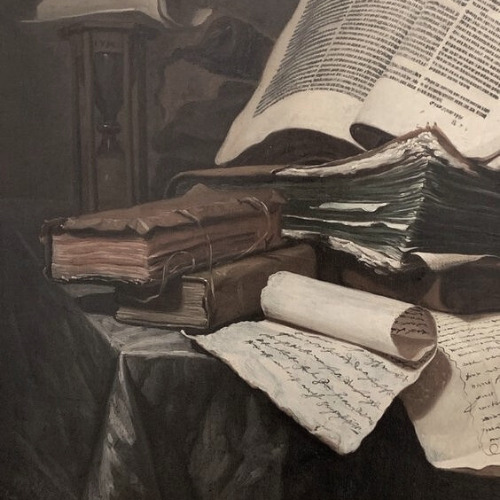






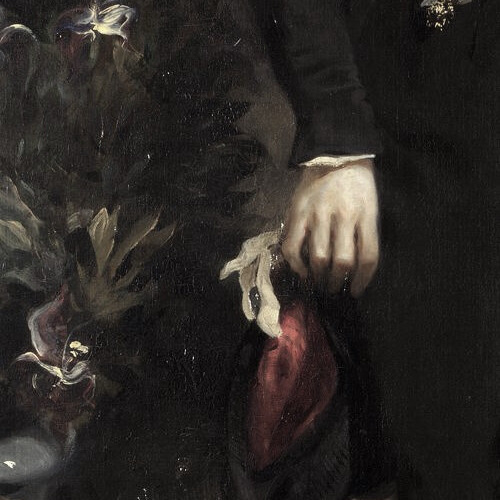
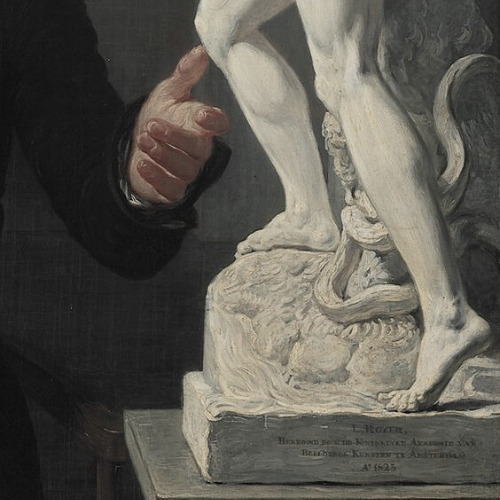
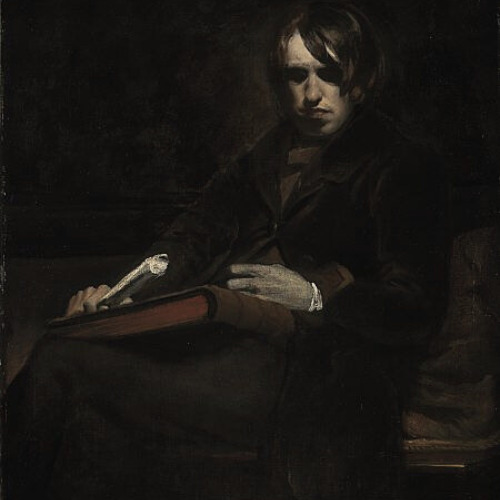

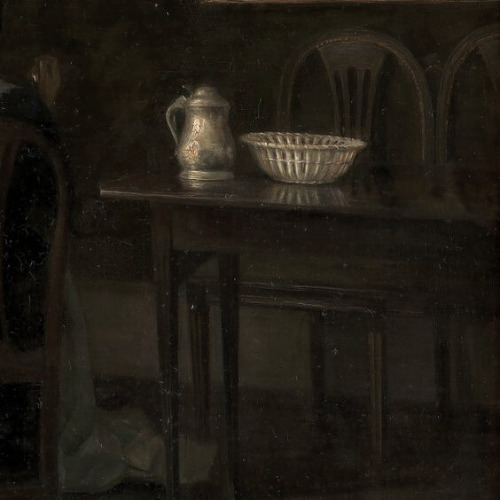
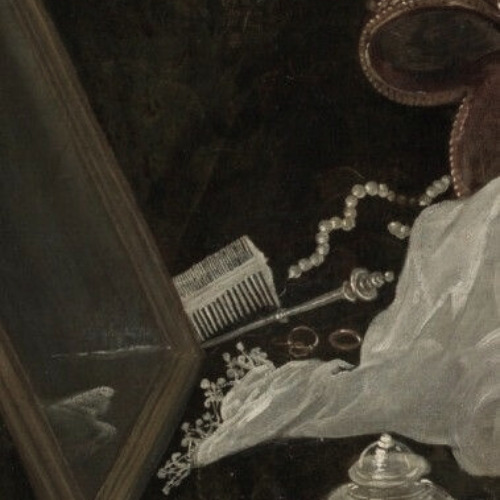



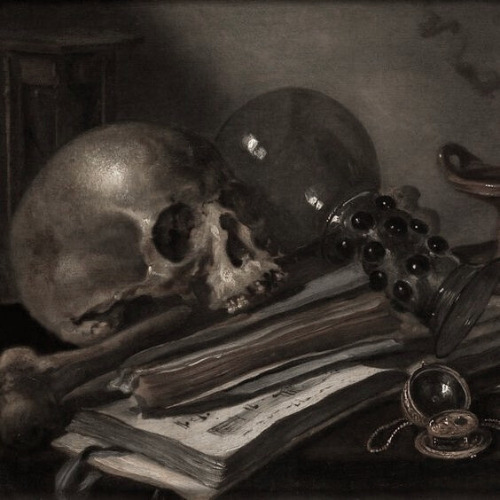
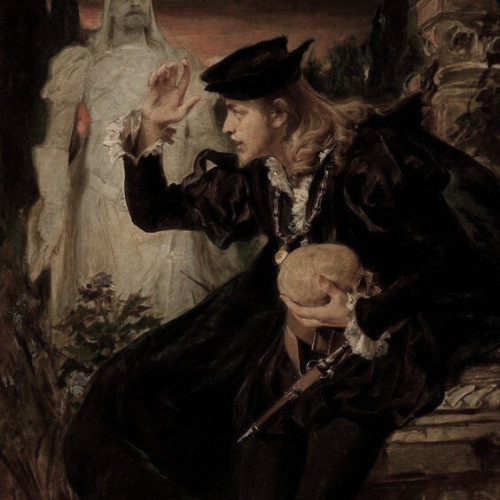
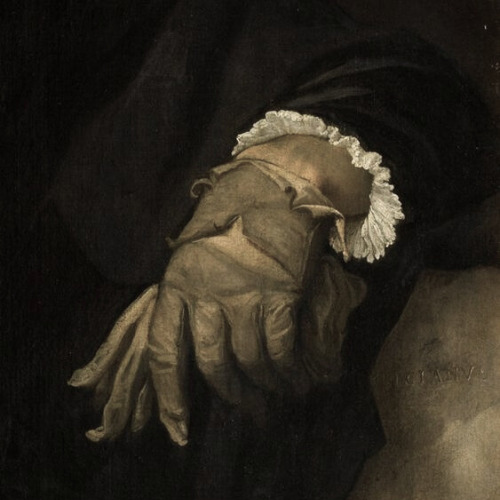

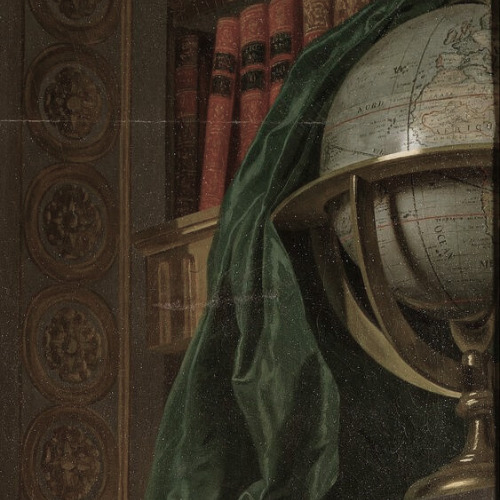



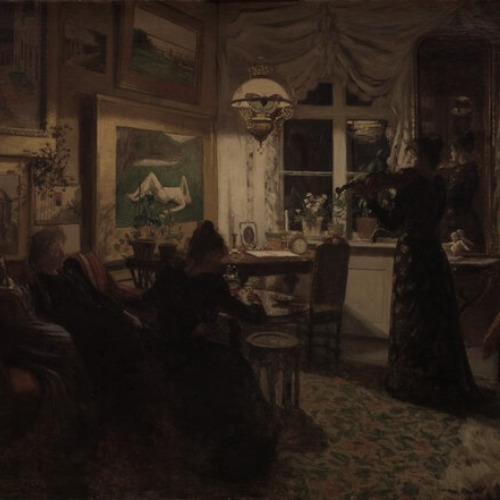
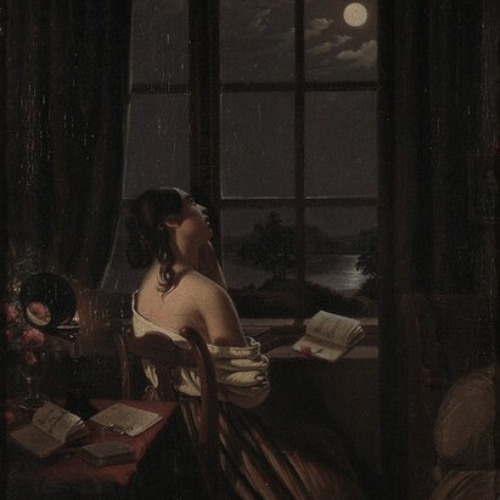


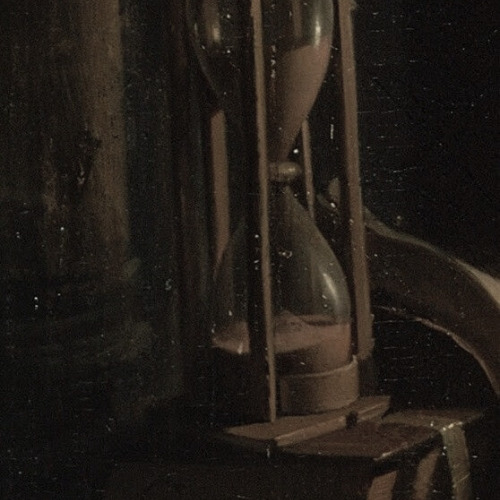

art aesthetics: dark acadmia
#cant find artist#artist is gerrit dou#artist is paul fischer#artist is james carroll beckwith#artist is sir anthony van dyck#artist is nicolas regnier#artist is hubert and jan van eyck#artist is eugene delacroix#artist is jan willem pieneman#artist is sir william fettes douglas#artist is wilhelm bendz#artist is carl holsoe#artist is jacopo tintoretto#artist is thomas wyck#artist is lindsay bernard hall#artist is franz ludwig catel#artist is pieter claesz#artist is pedro americo#artist is titian#artist is giorgio vasari#artist is alexander roslin#artist is jusepe de ribera#artist is anne francoise couloumy#-artist is carl holsoe#artist is anna petersen#artist is peter hasenclever#artist is irving ramsey wiles#artist is georges de la tour#artist is unknown-#art aesthetics
488 notes
·
View notes
Text
youtube
MARDI 26 NOVEMBRE 2024 (Billet 3 / 6)
« JUSEPE DE RIBERA »
Combien d’entre vous connaissent ce peintre du XVIIe siècle ? Peut-être avez-vous déjà vu sur une reproduction ou au Musée du Louvre son tableau « Le pied bot » ? Nous, à part ce dernier et le nom du peintre, nous avouons une ignorance quasi-totale à son sujet.
Mais, toujours très intéressés par les Expositions qui ont lieu au Petit Palais, nous nous sommes renseignés sur cet artiste… et ce sont ses influences qui ont fait que nous avons voulu voir de plus près les œuvres de cet « héritier du Caravage », un de nos peintres préférés.
Lisez d’abord le texte ci-dessous puis, SURTOUT, ne manquez pas de regarder la très courte vidéo ci-dessus qui vous donnera une idée de son style et de ses sujets favoris.
Une « claque artistique » que vous risquez de prendre en pleine figure !
____________________________
Le Petit Palais présente la première rétrospective française jamais consacrée à Jusepe de Ribera (1591-1652), peintre d'origine espagnole qui fit toute sa carrière en Italie, qualifié comme l'héritier terrible du Caravage.
Pour Ribera, toute peinture – qu’il s’agisse d’un mendiant, d’un philosophe ou d’une Pietà – procède de la réalité, qu’il transpose dans son propre langage. La gestuelle est théâtrale, les coloris noirs ou flamboyants, le réalisme cru et le clair-obscur dramatique. Avec une même acuité, il traduit la dignité du quotidien aussi bien que des scènes de torture bouleversantes. Ce ténébrisme extrême lui valut au XIXe siècle une immense notoriété, de Baudelaire à Manet.
Avec plus d’une centaine de peintures, dessins et estampes venus du monde entier, l’exposition retrace pour la première fois l’ensemble de la carrière de Ribera : les intenses années romaines, redécouvertes depuis peu, et l’ambitieuse période napolitaine, à l’origine d’une ascension fulgurante. Il en ressort une évidence : Ribera s’impose comme l’un des interprètes les plus précoces et les plus audacieux de la révolution caravagesque, et au-delà comme l’un des principaux artistes de l’âge baroque.
(Source : « Texte d’introduction publié sur la plaquette de l’Expo »)
_________________________________
Le Petit Palais
Avenue Winston Churchill 75008 Paris
Tarifs
Plein tarif : 15 euros Gratuit : - 18 ans
Ouverture
Du mardi au dimanche de 10h à 18h Dernière entrée à 16h30
Nocturnes jusqu'à 20h le vendredi et le samedi Dernière entrée à 18h30
Métro : Champs-Elysées-Clémenceau
NB Si vous êtes intéressés par cette Expo, nous vous conseillons fortement de choisir une visite guidée. Nous ne l’avons pas fait mais devant le nombre et la richesse des œuvres exposées, nous aurions préféré.
Nous avons eu l’occasion, dans ces mêmes lieux, de suivre une visite guidée consacrée à l’Exposition sur Sarah Bernhardt, nous avions été passionnés.
Pour connaitre le prix, les dates et les horaires, cliquez sur le lien ci-dessous :
Visite guidée - Ribera | Petit Palais
1 note
·
View note
Text
RIBERA, TENEBRES ET LUMIERE
Jusqu'au 23 février 2025
Au Petit Palais

Après "Les Bas-fonds du Baroque, la Rome du vice et de la misère", en 2015, et "Luca Giordano (1634- 1705), le triomphe de la peinture napolitaine", en 2019-2020, le Petit Palais présente sa dernière exposition de 2024 consacrée à Jusepe de Ribera.
Le Petit Palais présente la première rétrospective française jamais consacrée à Jusepe de Ribera (1591-1652), l’héritier terrible du Caravage, celui que ses contemporains considéraient comme « plus sombre et plus féroce » encore que le grand maître italien. D’origine espagnole, il fit toute sa carrière en Italie, à Rome puis à Naples.
Pour Ribera, toute peinture – qu’il s’agisse d’un mendiant, d’un philosophe ou d’une Pietà – procède de la réalité, qu’il transpose dans son propre langage. La gestuelle est théâtrale, les coloris noirs ou flamboyants, le réalisme cru et le clair-obscur dramatique. Avec une même acuité, il traduit la dignité du quotidien aussi bien que des scènes de torture bouleversantes. Ce ténébrisme extrême lui valut au XIXe siècle une immense notoriété, de Baudelaire à Manet.
Avec plus d’une centaine de peintures, dessins et estampes venus du monde entier, l’exposition retrace pour la première fois l’ensemble de la carrière de Ribera : les intenses années romaines, redécouvertes depuis peu, et l’ambitieuse période napolitaine, à l’origine d’une ascension fulgurante. Il en ressort une évidence : Ribera s’impose comme l’un des interprètes les plus précoces et les plus audacieux de la révolution caravagesque, et au-delà comme l’un des principaux artistes de l’âge baroque.
N’hésitez plus, vous pourrez vous aussi dire, J’ai un ticket :
0 notes
Text
Virtual Sketchbook 3


Flaying of Marsyas, by Antonio de Bellis, is an painting made in the late 1630s or early 1640s. It is an oil painting on canvas and is roughly 70 x 95 x 1 3/4 in. Made in the Baroque style, the piece employs deep shadows and dynamic movement to help form its composition and mood. The muted colors of the rest of the piece-- from the figures in the background to the almost pallid color of both Apollo and Marsyas's skin-- helps draw attention to the stark red of Apollo's shroud. The focus on the color red helps tie it to the period it comes from, lining up with Baroque trends, as well as emphasizing the work's violent quality. This violence sees further emphasis from its most stark detail, Marsyas's expression. Marsya's face is twisted in either pain or horror, forehead and cheeks wrinkling as he screams. The pose work is the painting's strongest feature. Each figure feels fluid, even Apollo, who kneels more stalwartly than the rest. The composition of the piece, its shadows, and its posing all help give the piece an almost haunting quality. Looking at it in the museum felt visceral, even in spite of the pieces lack of obvious gore or blood.
Antonio de Bellis, the piece's creator, is a somewhat obscure man. He worked most frequently in Naples in the late 16th Century, and took inspiration from other Spanish artists. This piece draws inspiration and was attributed to another artist named Jusepe de Ribera, who made a piece depicting a similar scene.

Apollo Flaying Marsyas, by Jusepe de Ribera, 1637. Oil on canvas, 202 x 255 cm.
While both pieces share similarities, I feel as though Bellis's work does a superior job depicting the violence of the scene. Bellis's poses show more focus, with the sharp angle of Apollo's arm ripping Marsyas open leading the eye down to Marysas's screaming face. It both connects the action to the feeling more potently and makes the action feel more purposeful on Apollo's part. Bellis's take on The Flaying of Marsyas aims to bring true violence to the scene, and this is accomplished in stride.
0 notes
Text

Title: Girl with Tambourine
Artist: Jusepe de Ribera
Date: 1637
Style: Tenebrism
Genre: Portrait
#art history#art#painting#artwork#history#museums#culture#vintage#curators#tenebrism#portrait#jusepe de ribera#classicalcanvas
14 notes
·
View notes
Link
0 notes